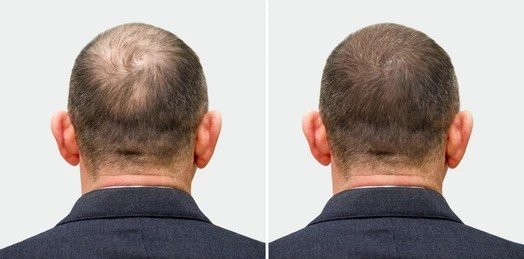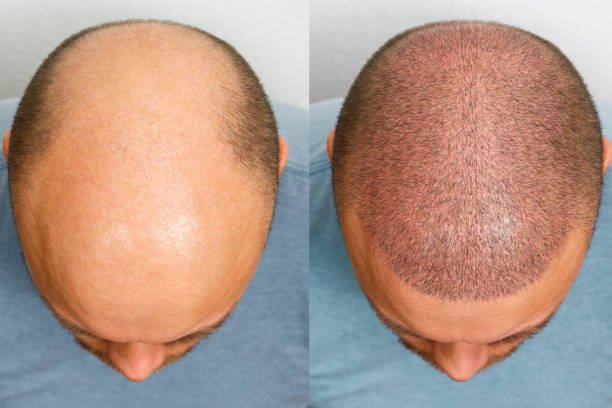PROCEDURES
-
Advance Punch for Tissue Preservation:
- Utilizing an Advance Punch minimizes the risk of tissue damage during the extraction process.
- This leads to faster healing post-procedure as tissue trauma is reduced.
-
Sapphire Blade Slit Creation:
- Slits are made using Sapphire Blades, crafted from Sapphire Gemstone.
- Sapphire Blades offer antimicrobial qualities and minimize scarring and tissue damage.
- Sapphire Blades maximizes retention of grafts
- With sapphire blade we can create close slits results in higher density.
- Sapphire Blades creates thin, single slits without extra skin protrusion, facilitating graft insertion directly into the slit.
- This results in faster healing after the hair transplant procedure.
-
HypoThermosol Solution for Graft Preservation:
- The Hair Graft is stored in Hypothermosol solution and Growth Factor Concentrate (GFC).
- Hypo Thermosol solution promote follicle growth and reduce swelling.
- It provides moisture to the follicular units while they await transplantation just like a saline solution does, but it also adds vital nutrients that help promote growth.
-
Simultaneous Implantation and Extraction with Pen Implanter:
- Implantation and extraction are performed simultaneously, reducing the time gap between the two procedures.
- Implantation is executed using a pen implanter, facilitating precise placement of grafts.
- This results in maximum retention of grafts and minimizes the shedding phase.
- Patients achieve maximum density of hair growth, and hair regrowth occurs faster compared to other techniques.
These procedures highlight the advanced techniques and specialized solutions utilized to enhance the success and outcomes of hair transplant procedures.There is nearly 0% damage to grafts as added care and technology is used to ensure maximum results. By minimizing tissue damage, preserving grafts effectively, and optimizing implantation methods, patients can experience superior results, including quicker healing, enhanced density, and faster hair growth.
Contact Us
Have questions? Get in touch!
Phone
Address
H-2A, Green Park Ext Rd, Near Green Park Gurudwara, Block H, Green Park Extension, New Delhi 110016




